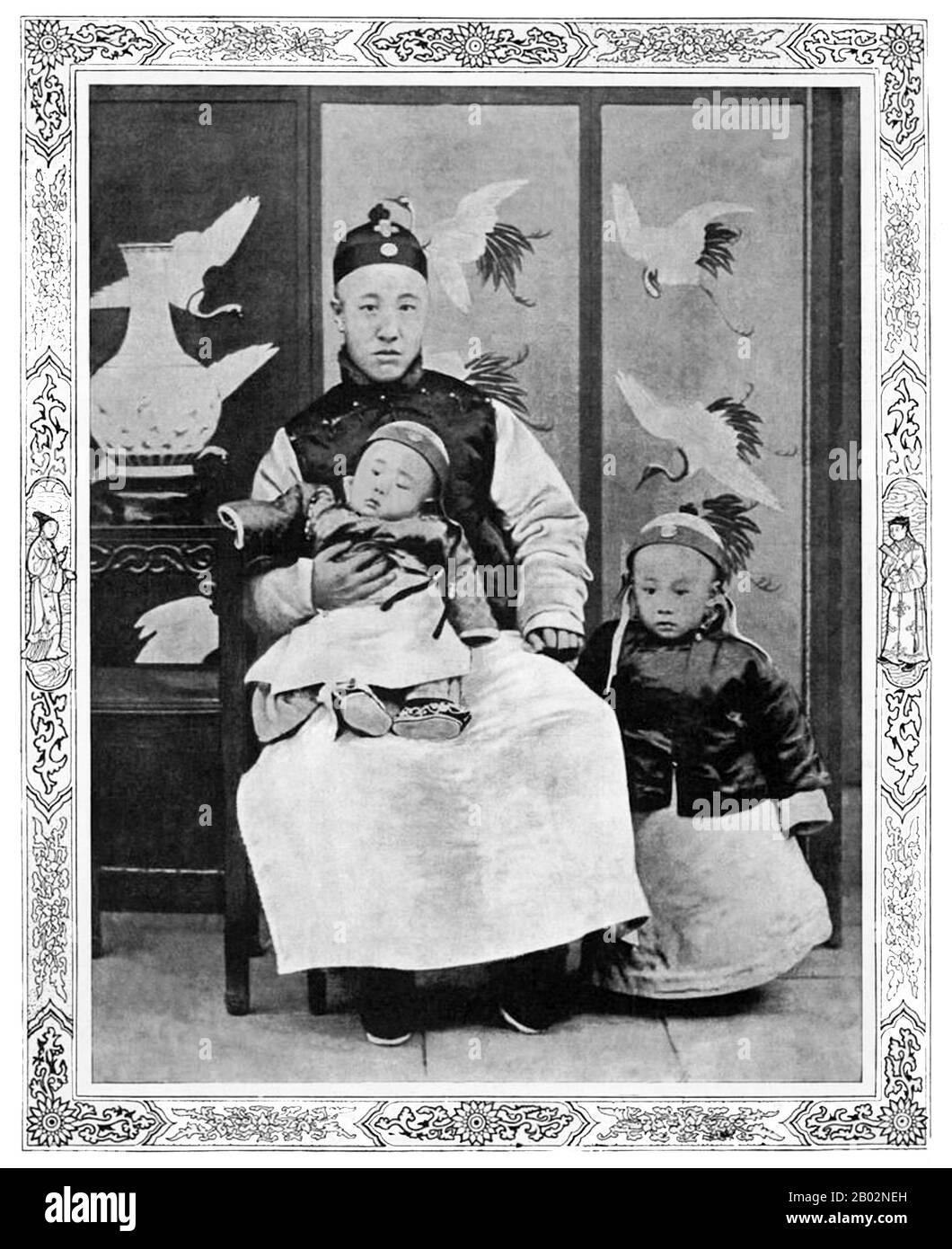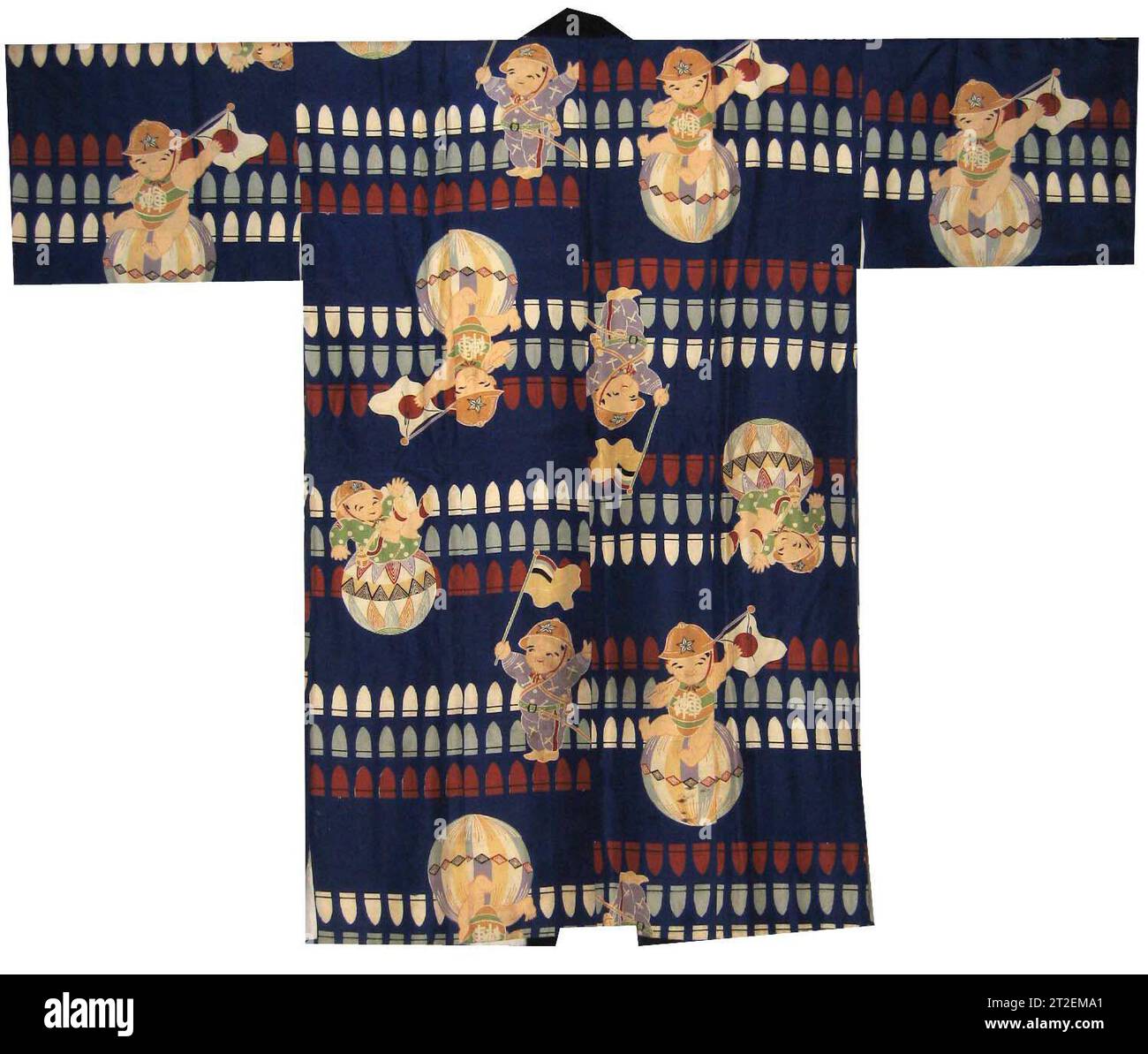Manchukuo emperor Cut Out Stock Images
 Aisin-Gioro Pu Yi (7 February 1906 – 17 October 1967), of the Manchu Aisin Gioro ruling family, was the last Emperor of China. He ruled in two periods between 1908 and 1917, firstly as the Xuantong Emperor from 1908 to 1912, and nominally as a non-ruling puppet emperor for twelve days in 1917. He was the twelfth and final member of the Qing Dynasty to rule over China proper. Stock Photohttps://www.alamy.com/image-license-details/?v=1https://www.alamy.com/aisin-gioro-pu-yi-7-february-1906-17-october-1967-of-the-manchu-aisin-gioro-ruling-family-was-the-last-emperor-of-china-he-ruled-in-two-periods-between-1908-and-1917-firstly-as-the-xuantong-emperor-from-1908-to-1912-and-nominally-as-a-non-ruling-puppet-emperor-for-twelve-days-in-1917-he-was-the-twelfth-and-final-member-of-the-qing-dynasty-to-rule-over-china-proper-image344268137.html
Aisin-Gioro Pu Yi (7 February 1906 – 17 October 1967), of the Manchu Aisin Gioro ruling family, was the last Emperor of China. He ruled in two periods between 1908 and 1917, firstly as the Xuantong Emperor from 1908 to 1912, and nominally as a non-ruling puppet emperor for twelve days in 1917. He was the twelfth and final member of the Qing Dynasty to rule over China proper. Stock Photohttps://www.alamy.com/image-license-details/?v=1https://www.alamy.com/aisin-gioro-pu-yi-7-february-1906-17-october-1967-of-the-manchu-aisin-gioro-ruling-family-was-the-last-emperor-of-china-he-ruled-in-two-periods-between-1908-and-1917-firstly-as-the-xuantong-emperor-from-1908-to-1912-and-nominally-as-a-non-ruling-puppet-emperor-for-twelve-days-in-1917-he-was-the-twelfth-and-final-member-of-the-qing-dynasty-to-rule-over-china-proper-image344268137.htmlRM2B02NEH–Aisin-Gioro Pu Yi (7 February 1906 – 17 October 1967), of the Manchu Aisin Gioro ruling family, was the last Emperor of China. He ruled in two periods between 1908 and 1917, firstly as the Xuantong Emperor from 1908 to 1912, and nominally as a non-ruling puppet emperor for twelve days in 1917. He was the twelfth and final member of the Qing Dynasty to rule over China proper.
 Boy’s Kimono with Lucky Thread Balls (Temari) and Bullets Japan ca. 1940s Boys, some of them sitting on oversized temari (lucky thread balls that Japanese mothers traditionally make for their daughters as New Year’s gifts), are depicted with army helmets. The characters on the chests of those carrying the Japanese flag read shingun, or “Divine Army,” referring to the forces of the emperor. The standing figures whose outfits depict fighter planes carry the flag of Manchukuo. They are shown against an endlessly repeating background of red, blue, and white bullets. View more. Boy’s Kimono with Lu Stock Photohttps://www.alamy.com/image-license-details/?v=1https://www.alamy.com/boys-kimono-with-lucky-thread-balls-temari-and-bullets-japan-ca-1940s-boys-some-of-them-sitting-on-oversized-temari-lucky-thread-balls-that-japanese-mothers-traditionally-make-for-their-daughters-as-new-years-gifts-are-depicted-with-army-helmets-the-characters-on-the-chests-of-those-carrying-the-japanese-flag-read-shingun-or-divine-army-referring-to-the-forces-of-the-emperor-the-standing-figures-whose-outfits-depict-fighter-planes-carry-the-flag-of-manchukuo-they-are-shown-against-an-endlessly-repeating-background-of-red-blue-and-white-bullets-view-more-boys-kimono-with-lu-image569494745.html
Boy’s Kimono with Lucky Thread Balls (Temari) and Bullets Japan ca. 1940s Boys, some of them sitting on oversized temari (lucky thread balls that Japanese mothers traditionally make for their daughters as New Year’s gifts), are depicted with army helmets. The characters on the chests of those carrying the Japanese flag read shingun, or “Divine Army,” referring to the forces of the emperor. The standing figures whose outfits depict fighter planes carry the flag of Manchukuo. They are shown against an endlessly repeating background of red, blue, and white bullets. View more. Boy’s Kimono with Lu Stock Photohttps://www.alamy.com/image-license-details/?v=1https://www.alamy.com/boys-kimono-with-lucky-thread-balls-temari-and-bullets-japan-ca-1940s-boys-some-of-them-sitting-on-oversized-temari-lucky-thread-balls-that-japanese-mothers-traditionally-make-for-their-daughters-as-new-years-gifts-are-depicted-with-army-helmets-the-characters-on-the-chests-of-those-carrying-the-japanese-flag-read-shingun-or-divine-army-referring-to-the-forces-of-the-emperor-the-standing-figures-whose-outfits-depict-fighter-planes-carry-the-flag-of-manchukuo-they-are-shown-against-an-endlessly-repeating-background-of-red-blue-and-white-bullets-view-more-boys-kimono-with-lu-image569494745.htmlRM2T2EMA1–Boy’s Kimono with Lucky Thread Balls (Temari) and Bullets Japan ca. 1940s Boys, some of them sitting on oversized temari (lucky thread balls that Japanese mothers traditionally make for their daughters as New Year’s gifts), are depicted with army helmets. The characters on the chests of those carrying the Japanese flag read shingun, or “Divine Army,” referring to the forces of the emperor. The standing figures whose outfits depict fighter planes carry the flag of Manchukuo. They are shown against an endlessly repeating background of red, blue, and white bullets. View more. Boy’s Kimono with Lu